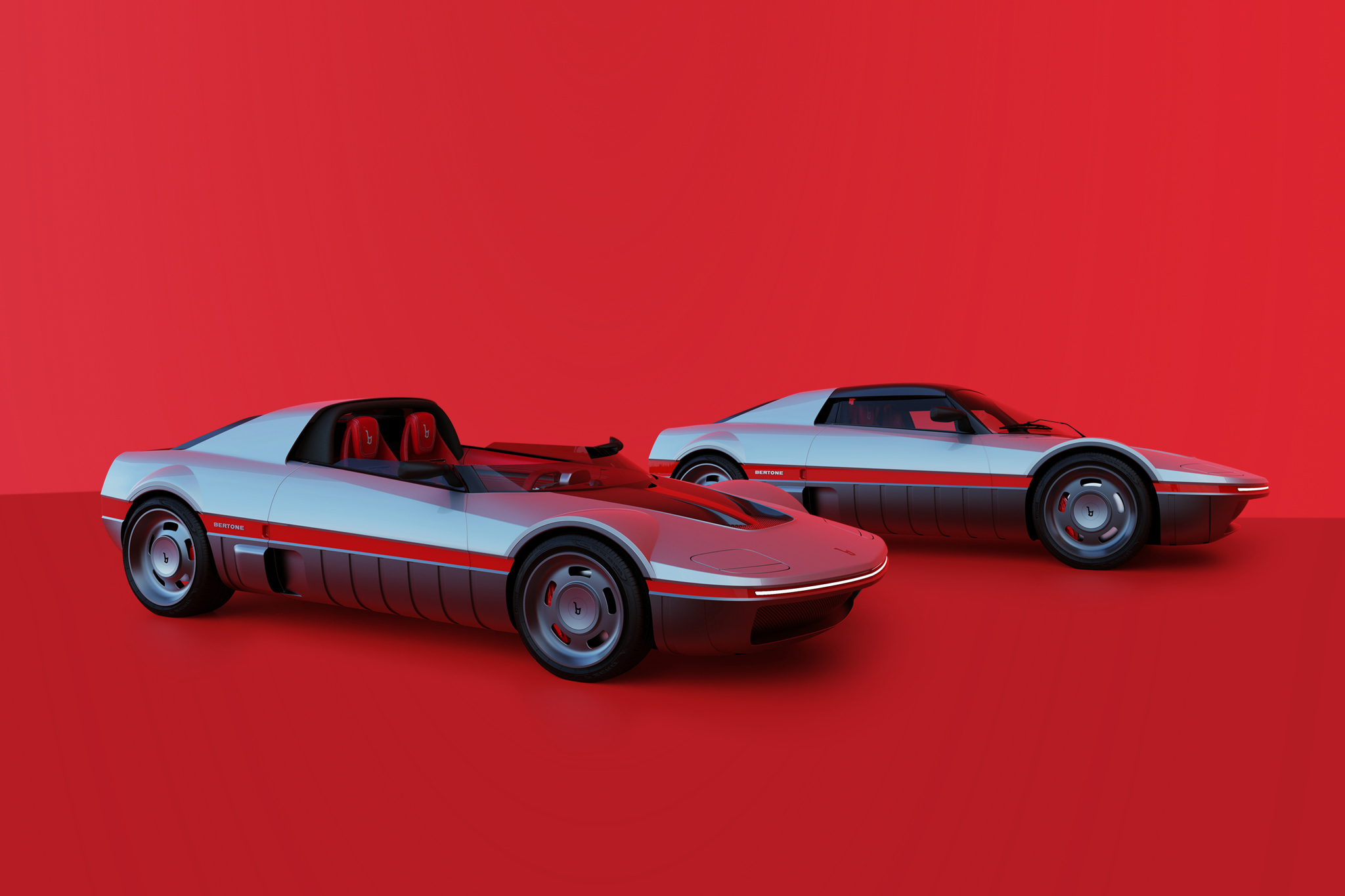Bentley Cresta
Directly after World War 2 Bentley produced the Mark VI and the R-Type, the latter later also as Continental. So far, so true. But in addition there was a low volume model which is almost unknown today and therefore all the more interesting for us at Secret Classics: The Cresta. This noble coupé with Italian-French roots is worth more than just a quick side glance. So let’s roll back in time to 1946, when Europe was slowly recovering from the horrors of war. At the time, many countries categorically refused to trade with former Nazi states like Germany and Italy. France was particularly drastic in enforcing this ban. When the Paris Motor Show was held again in September 1946 for the first time after the war, exhibitors from Germany and Italy were banned.
Ban creatively circumvented
This ban naturally hit small companies much harder than large ones. Among them was the small coachbuilding company of Battista “Pinin” Farina. However, he didn’t accept the clear “no” from the exhibition management. Together with his son Sergio, he set off for Paris with two vehicles, an Alfa Romeo and a Lancia. He parked these directly in front of the main entrance to the Grand Palais, where the Auto Salon was held. At times, there were more trade show visitors standing outside to see these two unofficial exhibits than there were in the hall. This, of course, drew the attention of the exhibition management, who had Battista Farina finally put on the list of undesirables for the following editions of the motor show. However, the two cars had reached enough potential customers. Among them was also Jean Daninos, head of the French company Facel-Metallon. After Farina had to cope with a fire in his workshop, Daninos offered him a lucrative deal.


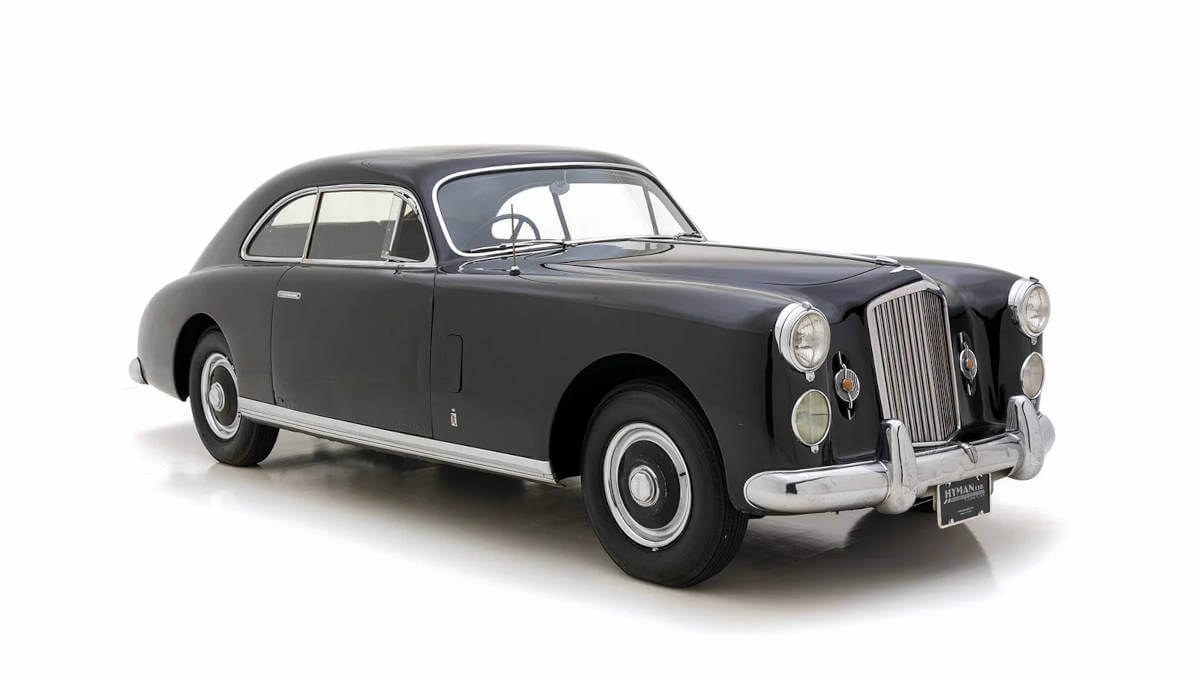

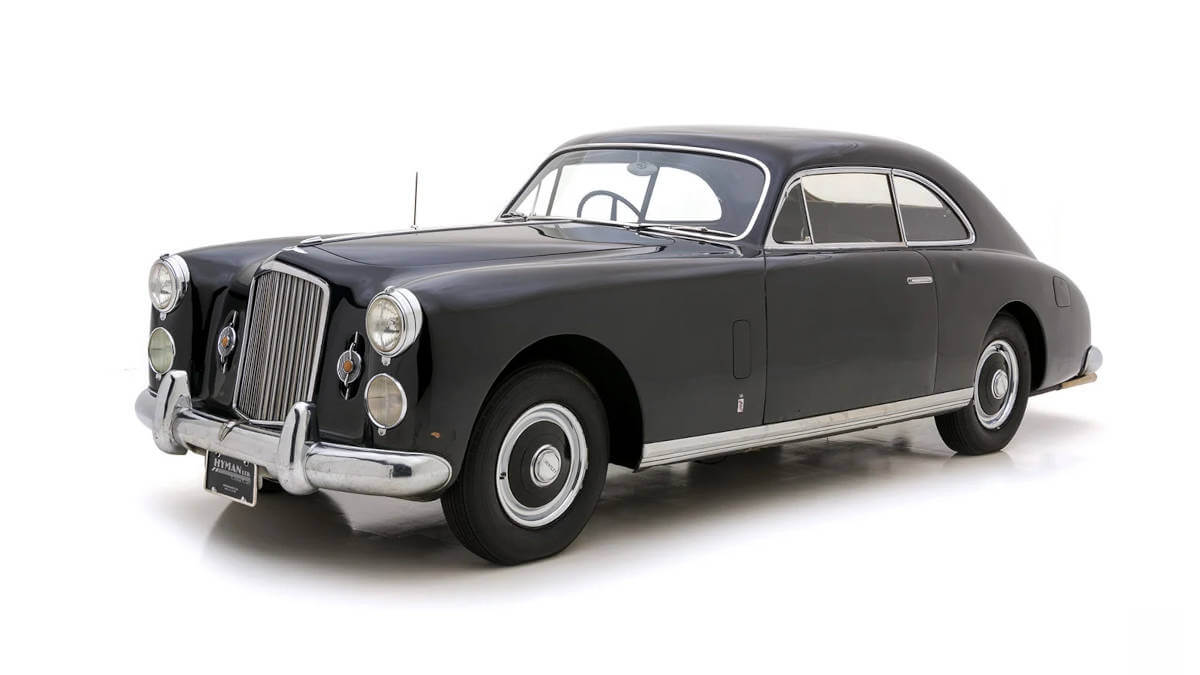



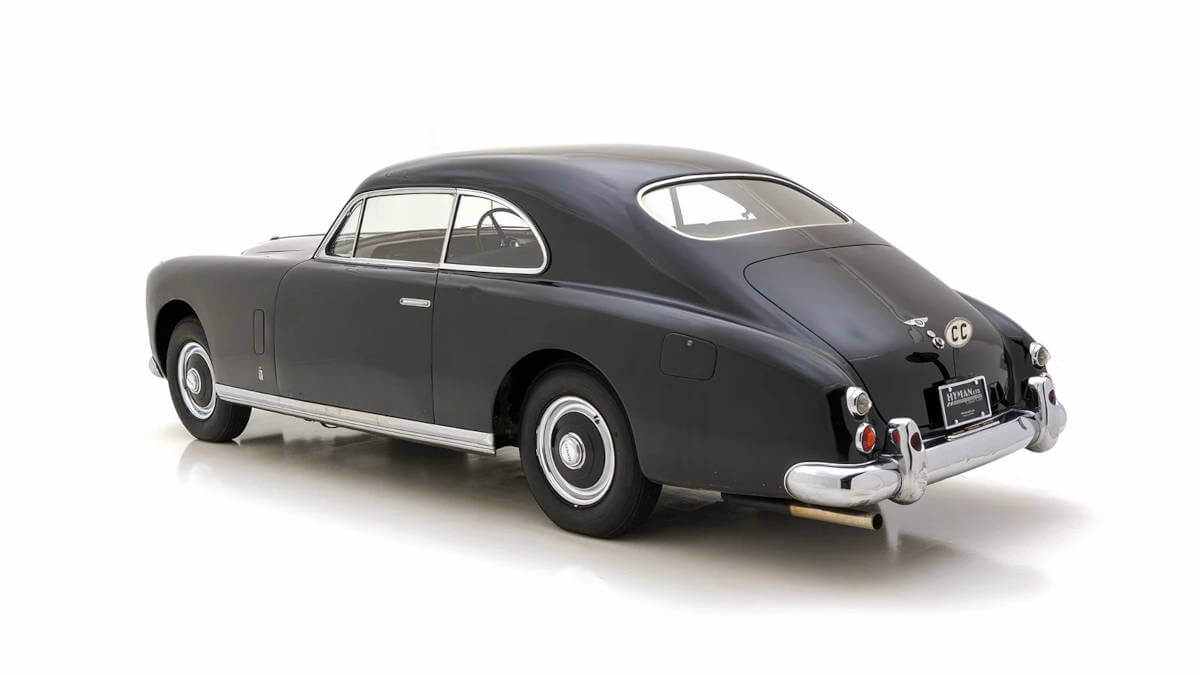



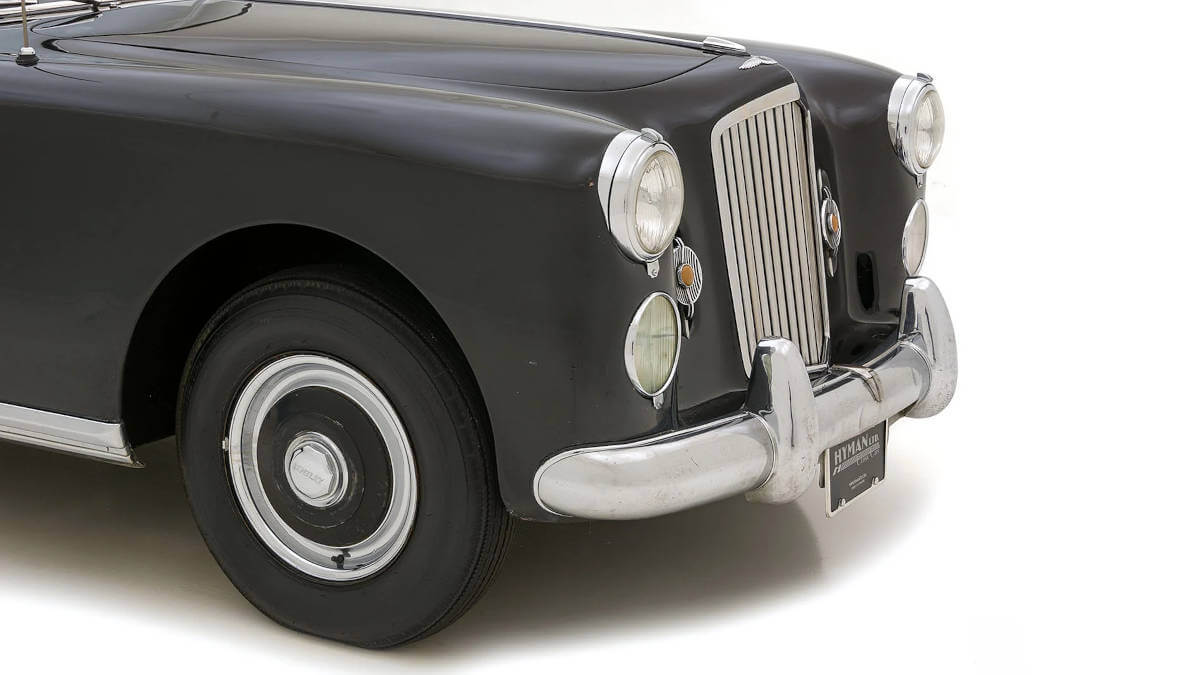

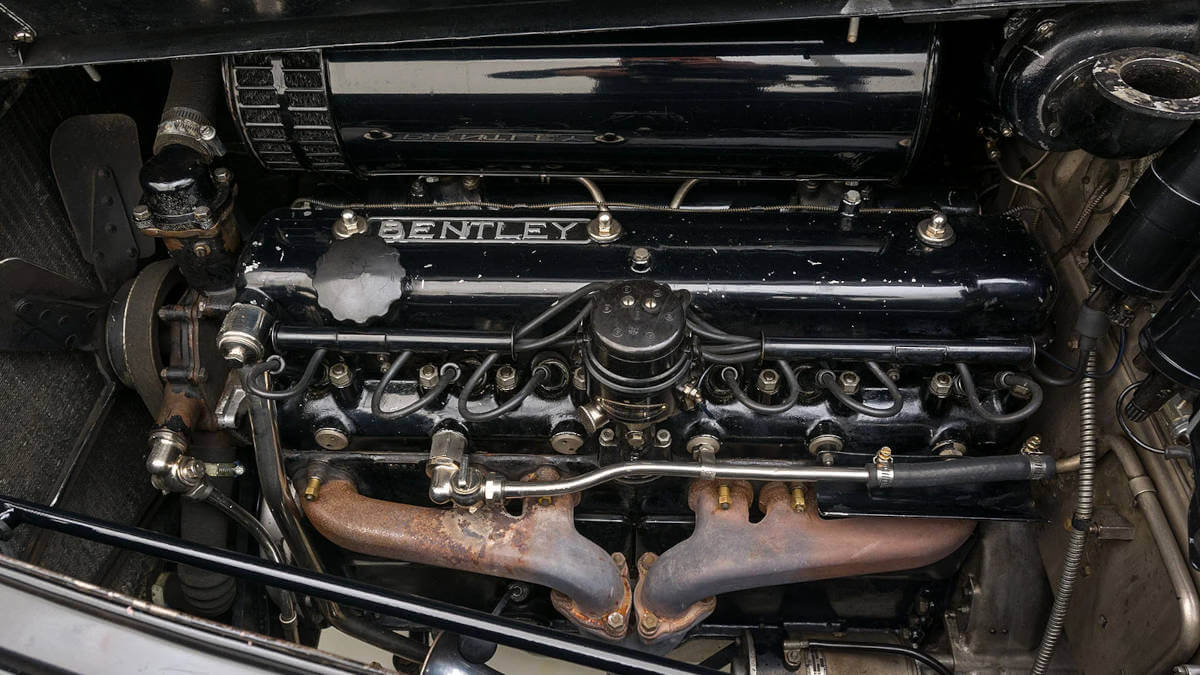





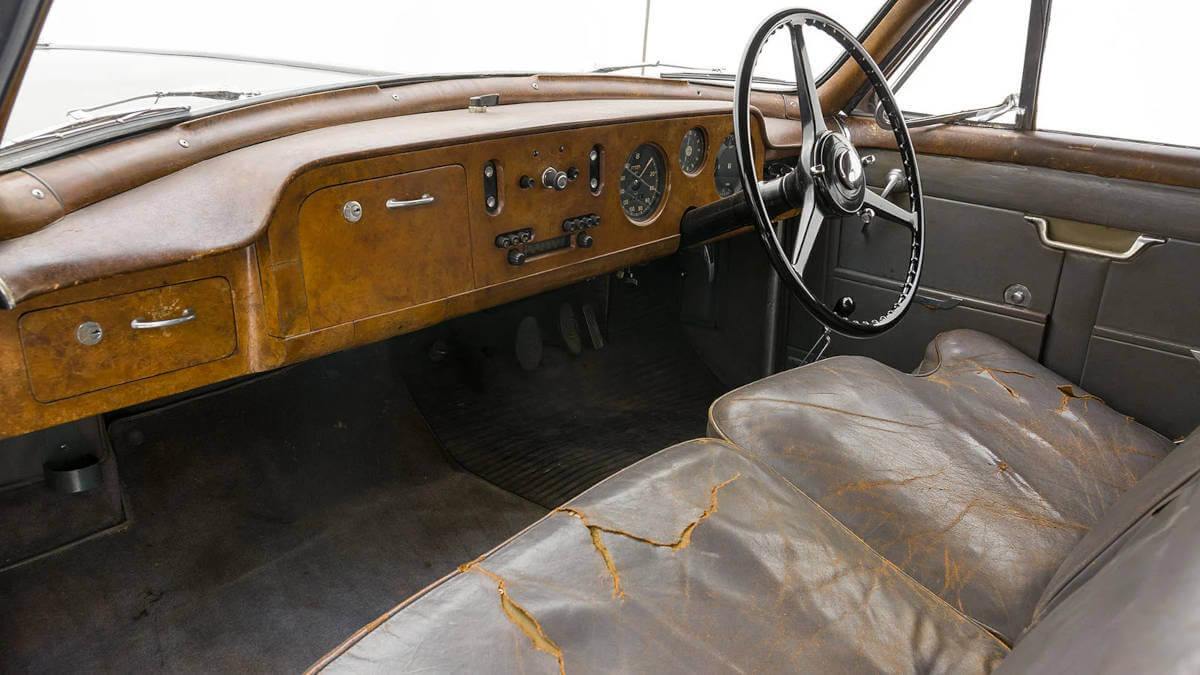









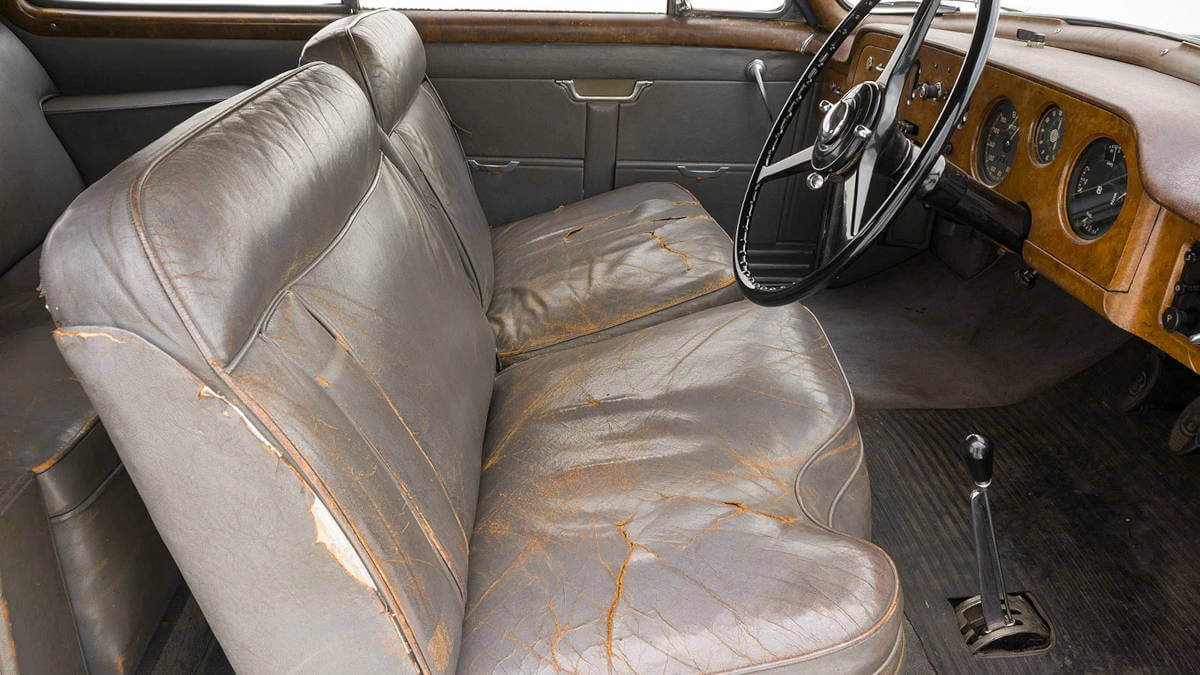















Joint project between Farina and Facel
Together with Walter Sleator, then head of the Paris Bentley dealer Franco-Britannic Automobiles, Daninos proposed to develop a handsome coupé body on the chassis of the Bentley Mark VI. The design was to be done by Farina, while the construction up to the finished car was to be done by Facel in France. Battista Farina gladly accepted this proposal and set to work. The first two or three prototypes of the Cresta were built in his renovated workshop. Compared with the ten examples subsequently built at Facel, they were given a wider radiator grille that was less reminiscent of the original Bentley grille. Facel had to install another grille at the direct request of Bentley in Crewe, which kept a close eye on this project. The Mulliner Fastback emerged from the findings a few years later. In fact Bentley specially modified the Mark VI chassis supplied to Facel with a lower steering column and other minor details. In 1951 the unique Cresta II was created specially for Mrs. Daninos.
Final Cresta for sale
Especially for this particular Bentley, partially supported by the factory, a special logo was created at the time, combining the Farina and Facel names. The final example of the original Cresta series bears chassis number B167JN. Surprisingly, there are only two owners in the papers since its original delivery in 1951. In addition, no restoration has ever taken place, allowing this car to proudly display its history to date. The car comes with extensive documentation including factory build records, registration papers and invoices. Even the three-piece luggage set commissioned by the first owner Francois Lugeon has been preserved. Currently, the classic car dealer Hyman Ltd. in the USA is offering the vehicle, after it last changed hands some 20 years ago. The price tag reads US$ 399,500. Surely not too much for a time machine to the 1950s, of which only 12 or 13 were made.
Images: Hyman Ltd.



